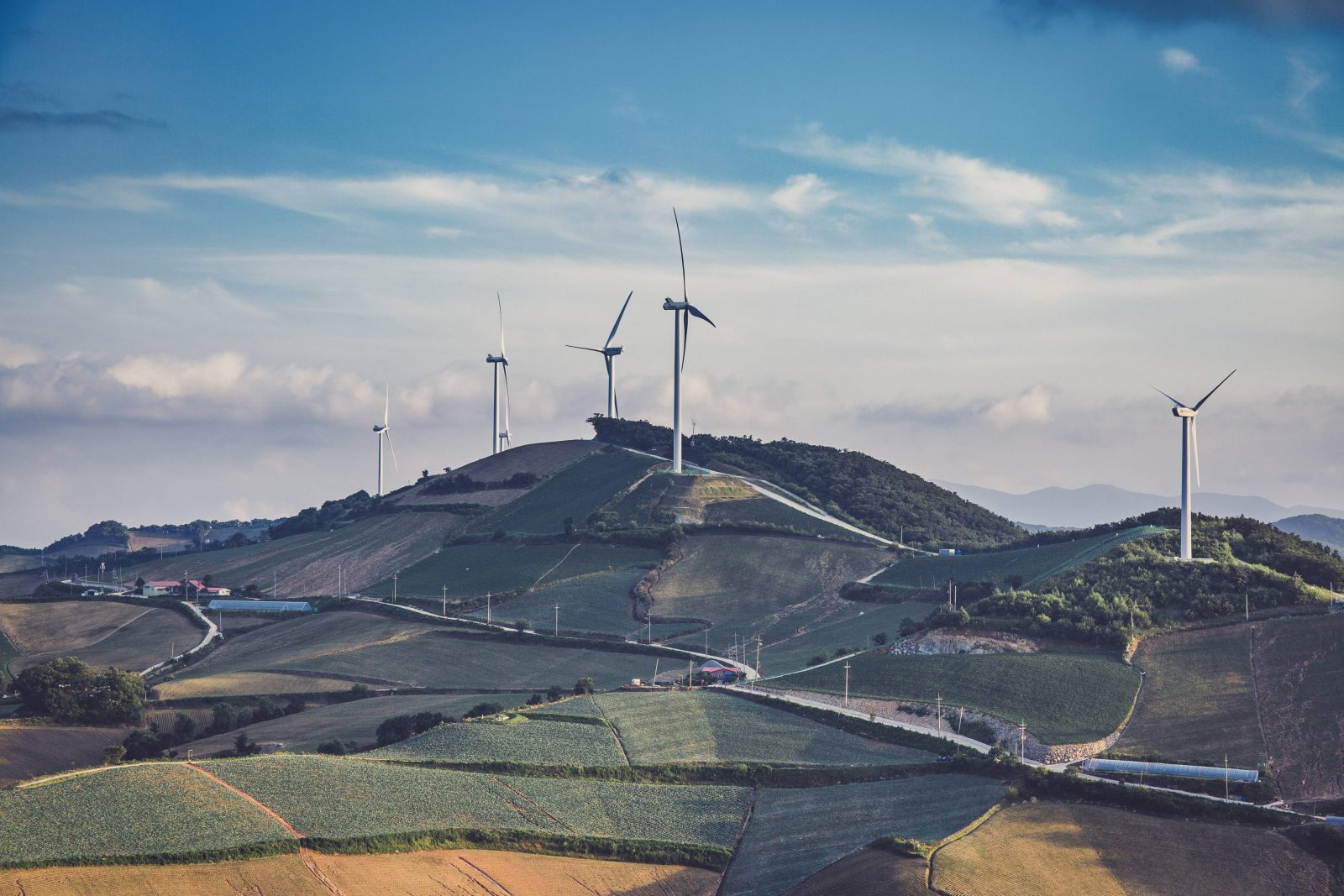
By Saskia Comess and Amy Weinfurter
A wide range of commitments from cities, regions, companies, and investors could play a crucial role in reducing emissions and reaching climate targets, according to a new chapter from UN Environment’s Emissions Gap Report 2018.
UN Environment released the chapter, which details the contributions of cities, regions, and companies, investors, and civil society actors (collectively called non-state actors or NSAs) to reducing global greenhouse emissions, early this morning.
Data-Driven Yale director Dr. Angel Hsu was one of the lead authors of the paper and research associate Amy Weinfurter contributed as a co-author.
The chapter aims to help policymakers understand the complex and rapidly evolving research around NSA. It assesses how these actors could narrow the gap between the emissions reductions that countries have pledged, and the additional emissions reductions needed to meet the goals of the Paris Climate Agreement and prevent runaway global warming.
The chapter synthesizes 15 reports that assess the emission reduction potential of NSA commitments, including Global climate action of cities, regions and companies, a recently released report co-authored by experts at Data-Driven Yale. It finds a wide range of potential emissions reductions across these studies – from 0.026 GtCO2e in 2025 from US-based companies, to as much as 15 to 23 GtCO2e in 2030 from the scaled-up potential of 21 cross-sector, multi-actor international cooperative initiatives, such as the RE100 or the Global Covenant of Mayors.
While the research suggests that current NSA commitments are insufficient to meet the Paris Agreement’s goals, scaling up these commitments to their full potential could significantly reduce global greenhouse gas emissions. In addition, NSA commitments can strengthen the momentum towards stronger climate goals and provide a platform for experimentation and innovation in climate action.
The chapter also traces the growth and explores the geographic and sectoral distribution of NSA efforts to address climate change. Participation is growing quickly, and over 7,000 cities from 133 countries, 245 regions from 42 countries, and 6,000 companies representing at least US$36 trillion have made commitments to mitigate climate change. But there is room for further growth: current NSAs represent under 20 percent of the global population, and finance-focused commitments cover only a small fraction of global capital markets.
The chapter’s release is timed to inform discussions at this week’s Global Climate Action Summit in San Francisco, California. The Summit will showcase NSA climate leadership — and help launch more ambitious commitments and accelerated climate action from both countries and NSAs.
Dr. Hsu will speak about the findings of both the Global climate action of cities, regions and companies report and Bridging the emissions gap – The role of non-state and subnational actors chapter at two events during the Summit, on Thursday September 13: Assessing the impact of tangible climate action of states, regions, cities, business and investors and its future potential and New climate leadership – State and non-state drivers of global ambition.
The full Emissions Gap Report 2018 will be published in November 2018.
Photo of wind turbines in Pyeongchang-gun, South Korea from Taz B.K. via Unsplash.

Recent Comments